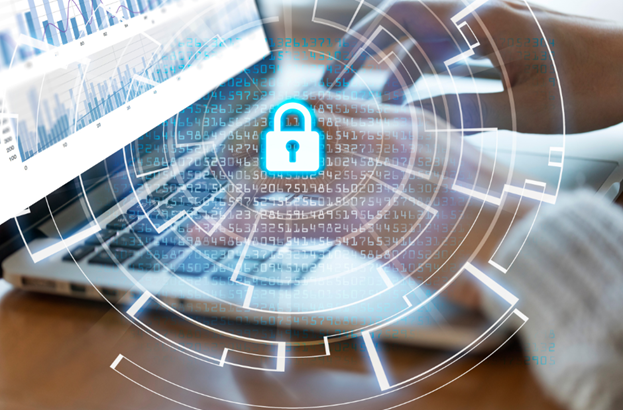
A recent report from Check Point Research revealed a startling statistic: LinkedIn is impersonated in nearly half of all phishing attacks worldwide. As scammers increasingly target those seeking new job opportunities, it’s crucial to recognize and mitigate these threats.
One common tactic involves sending emails that appear to be from LinkedIn, such as “You have 1 new invitation” or “Your profile has been viewed by 63 people.” While these can be genuine, it’s essential to verify the email address to ensure it truly originates from LinkedIn. Impersonators craft emails that mimic the real ones, directing you to fake LinkedIn pages designed to steal your information.
Another method cybercriminals use is creating fake profiles to lure people with job opportunities. Once you engage, they might request a small payment to process your application or send you a phishing link disguised as a form to fill out.
LinkedIn is aware of these issues and is actively developing advanced security features to protect its users. Here are four critical security features you should utilize:
LinkedIn's technology detects messages attempting to take you off-platform or those with potentially inappropriate content, sending you a warning notification.
By submitting an additional form of ID, you can obtain a verification badge on your profile. This badge helps others know your profile is authentic. Scammers often use quickly created profiles that are frequently shut down, making this feature particularly valuable.
This feature allows you to access detailed information about a person's profile to help you decide whether to respond to a message, accept a connection request, or trust an offer. By clicking “More” under your profile and selecting “About this profile,” you can see:
Scammers use AI to create realistic fake profile pictures. LinkedIn’s research showed that users often couldn't distinguish between real and AI-generated faces. To combat this, LinkedIn partnered with academia to develop and deploy advanced detection features that identify AI-generated profile pictures and shut down these fraudulent profiles.
If you use LinkedIn to find jobs, employees, or clients, it's a valuable resource. However, staying secure is paramount. LinkedIn's features are a great start, but they are just the first line of defense. If someone in your organization falls for a scam and clicks a malicious link, will your internal security solutions be sufficient to protect your network?
We can help you assess your security. We offer a FREE 10-minute phone consultation to determine if your network is vulnerable to attacks. To schedule your consultation, call us at 505-792-2375 or click here to book now.